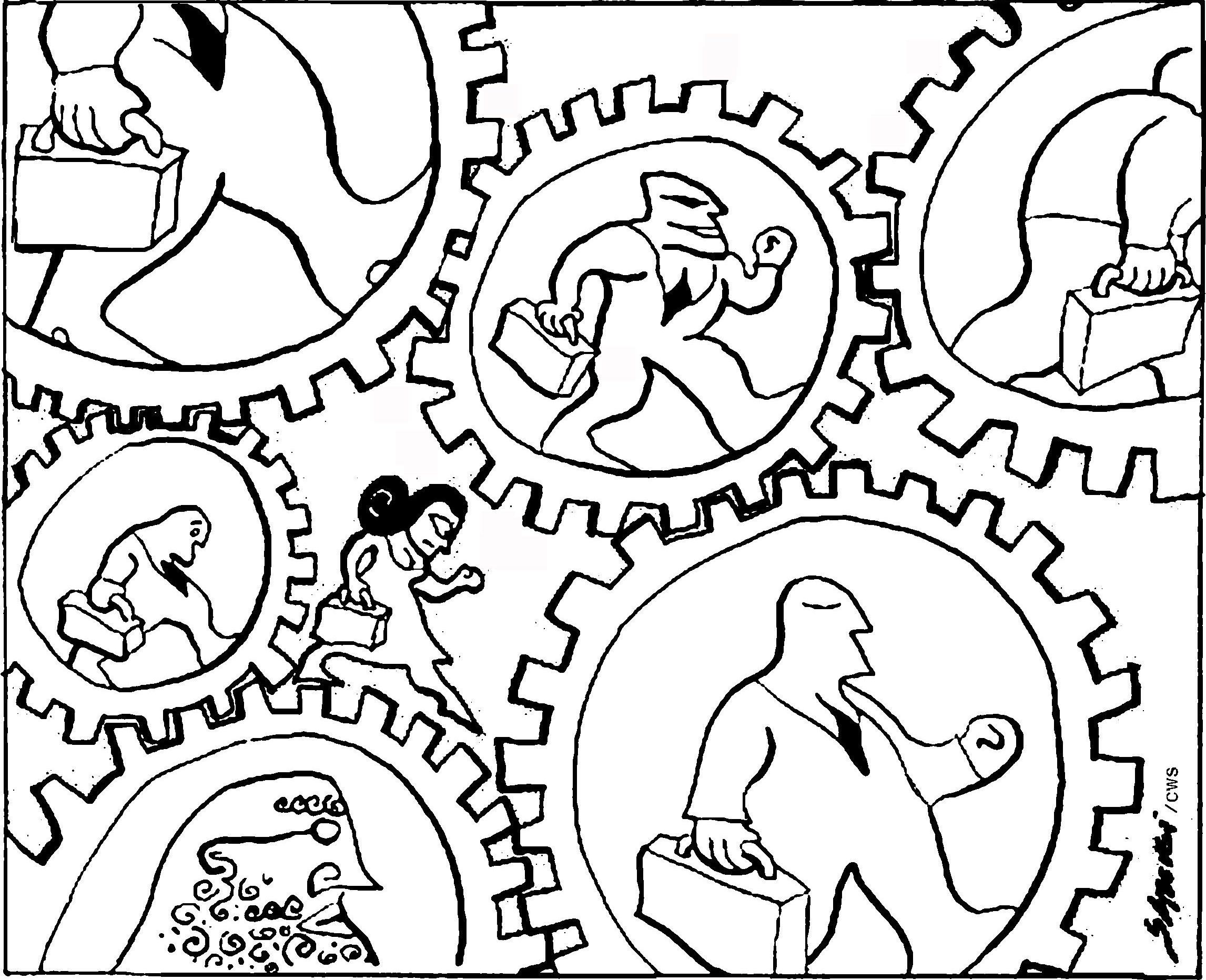Narrowing the global gender gap would have huge potential economic benefits. According to the McKinsey Global Institute (MGI), if every government helped its citizens catch up to the country in its region that has made the fastest strides toward gender parity, the total annual payoff in additional GDP could reach $12 trillion in 2025.
Gender parity is also a moral imperative, recognized in the United Nations' Sustainable Development Goals (SDGs), which were adopted by 193 countries in 2015. Together with the aggregate economic payoff, investing in women and girls would transform millions of lives for the better.
The question, then, is how to realize these enormous gains. Achieving economic gender equality is not possible without working toward social gender equality. The two need to be tackled together. An important part of the answer, it turns out, lies in improving access to essential services such as education and family planning.



















With your current subscription plan you can comment on stories. However, before writing your first comment, please create a display name in the Profile section of your subscriber account page.